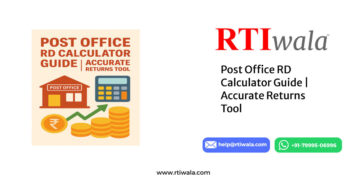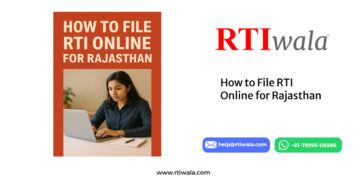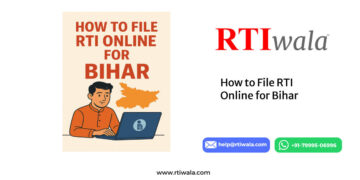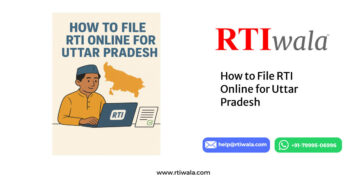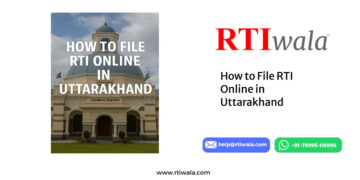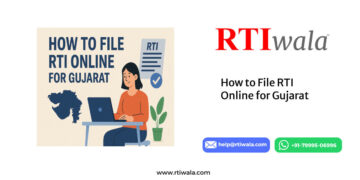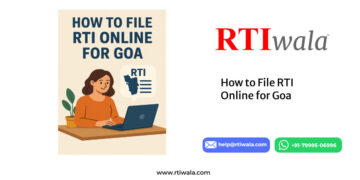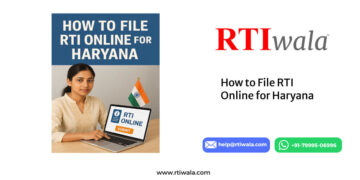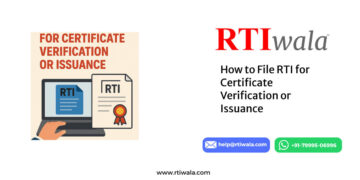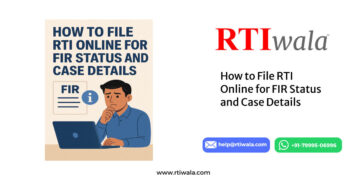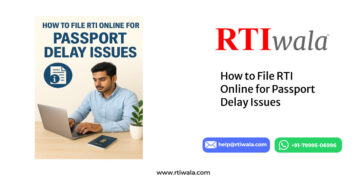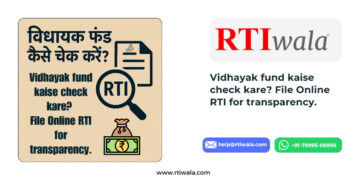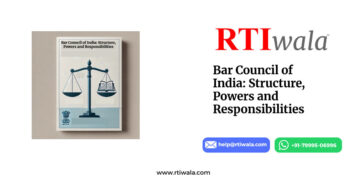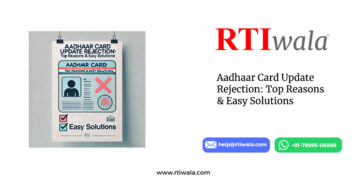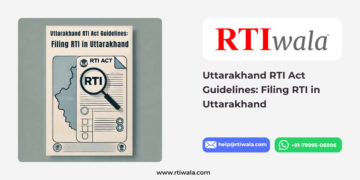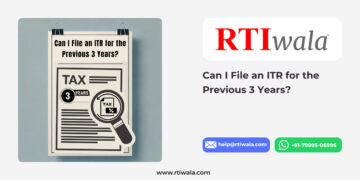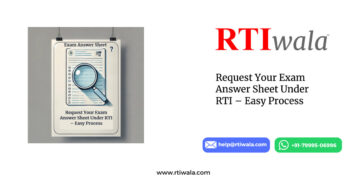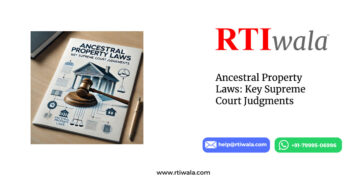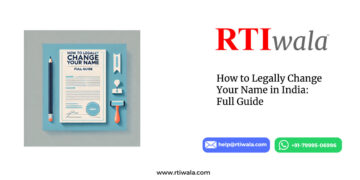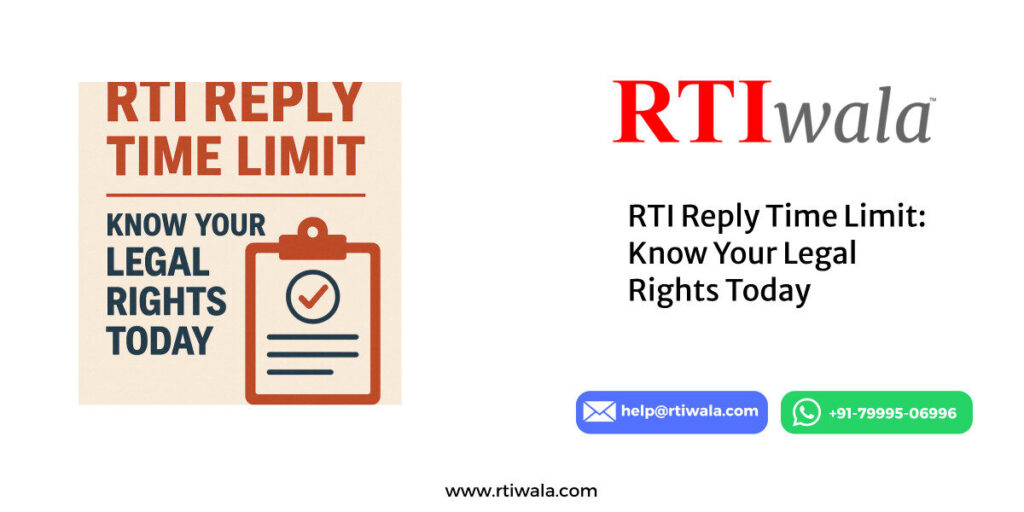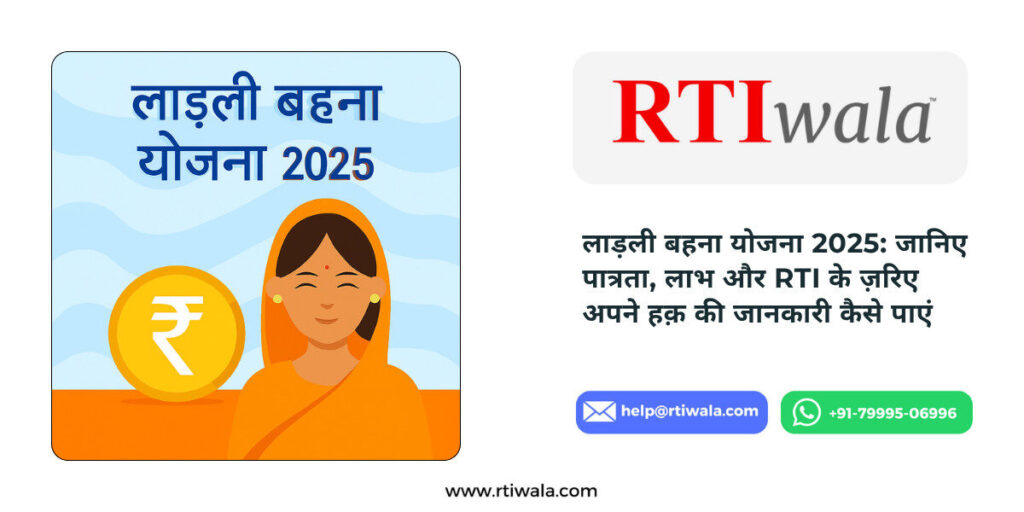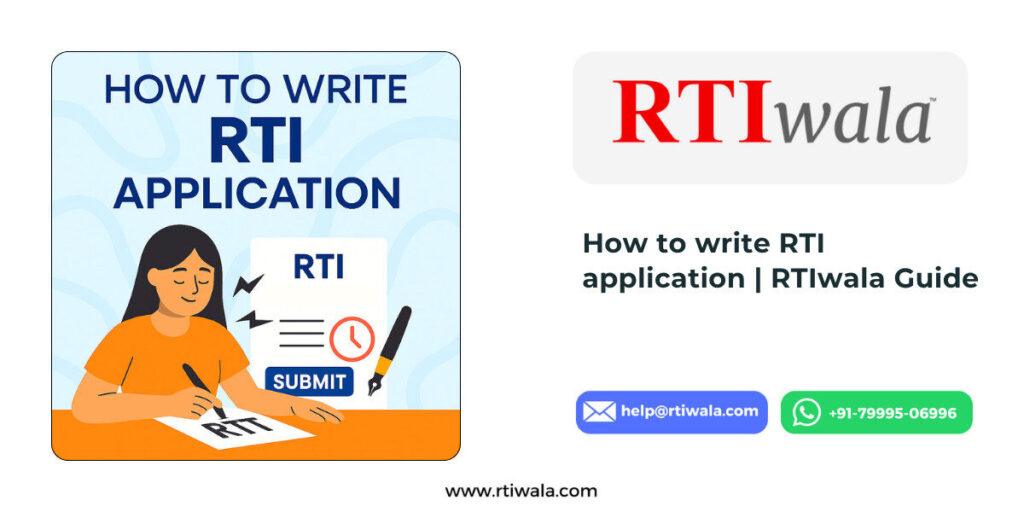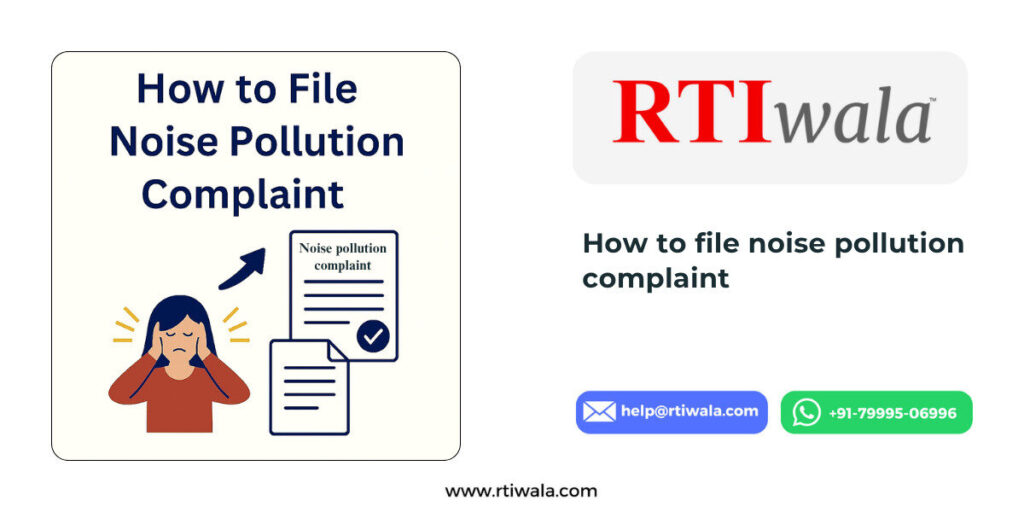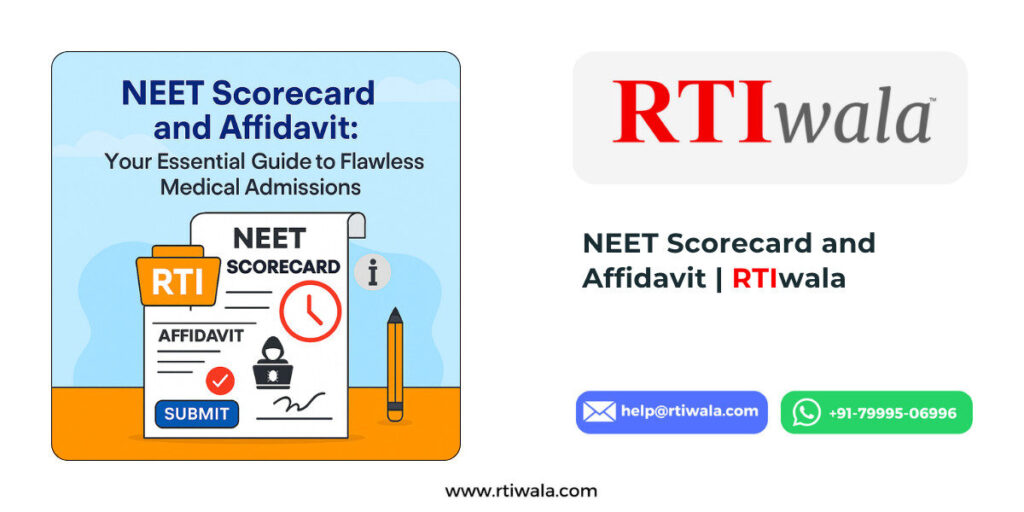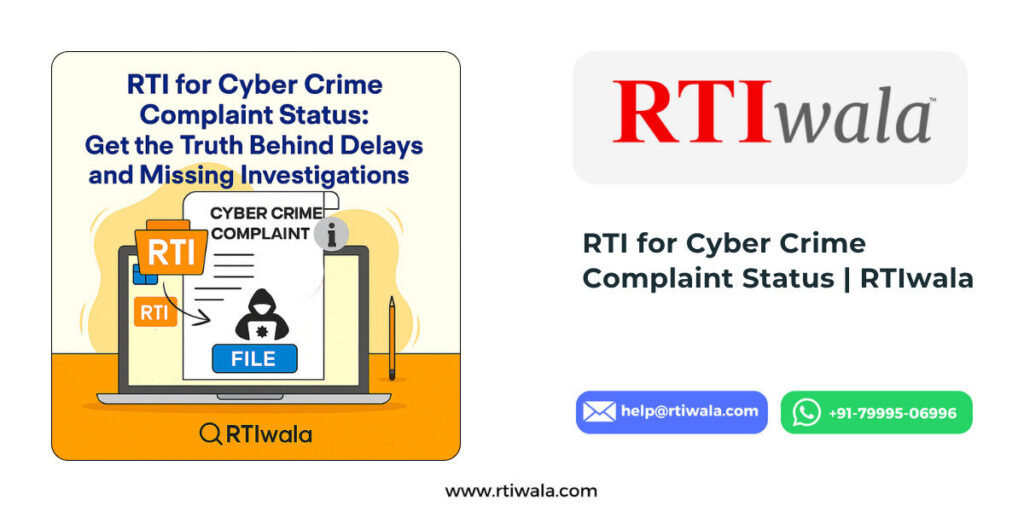how to write right to information application
How to Write an RTI Application: Step-by-Step Guide
The Right to Information (RTI) Act, 2005, empowers every Indian citizen to seek information from public authorities, promoting transparency since its full enforcement on October 12, 2005. If you’re wondering how to write a RTI application, start by drafting a clear, concise request on plain paper or the prescribed form, specifying exact details like documents or records from the relevant department.
To how to write right to information application, identify the Public Information Officer (PIO), pay Rs. 10 application fee via Indian Postal Order (IPO) or demand draft, and limit queries to factual data—not opinions. Over 4.8 million RTI applications are filed annually, with 17.5 million in the first decade post-enactment, yet 60% of Delhi appeals fail due to procedural errors.
Pre-Application Research: Why It Matters Before Drafting Your RTI
Before how can I write RTI application, conduct thorough research to avoid rejections—India’s Central Information Commission (CIC) rejected over 26,500 appeals in 2022 due to incomplete prep. Start by verifying the public authority via the RTI Portal (rti.gov.in), which lists 2,500+ ministries and departments. Use Section 4(1)(b) mandates: every authority must proactively disclose 17 categories of info, like organization charts and budgets, reducing formal RTIs by 20-30% in proactive states like Maharashtra.
Cross-check with the National Portal of India (india.gov.in) for contact details—e.g., for Railways, target the Ministry of Railways’ PIO at Rail Bhawan, New Delhi. Historical data shows 310+ attacks on RTI filers since 2005, including 50 murders, so anonymize sensitive queries via third-party services. If unresolved, like Flipkart delivery delays, research consumer forums first; RTI shines for systemic issues, not personal grievances.
How to Identify the Public Authority or Department Correctly
How do I write a good RTI application begins with pinpointing the right authority—misaddressing leads to 40% rejections per CIC stats. Under Section 2(h), public authorities include government bodies, PSUs like ONGC, and NGOs with >95% state funding (CIC ruling, 2014). For local issues, e.g., municipal road repairs, contact the Urban Development Department’s PIO; use geocode tools on X or Google for district-level offices.
Scenario: If probing Aadhaar data breach, target UIDAI’s PIO—not Home Ministry—to comply with Section 6(2), allowing transfer within 5 days. Bad situation: Filing against private firms like Reliance Retail directly (exempt unless government-financed); instead, RTI the regulator like SEBI. Good for complaints: When evidence suggests Section 8 exemptions (e.g., national security) are misused—file to First Appellate Authority (FAA) within 30 days if no reply.
Post-filing: PIO must respond in 30 days (48 hours for life/liberty under Section 7(1)); delays trigger penalty of Rs. 250/day (max Rs. 25,000) per Section 20(1). Regulations: RTI Rules, 2012 (amended 2019) mandate e-filing via rtionline.gov.in, with no fee for BPL applicants via Annexure ‘A’ certificate.
Structure of an RTI Application: Key Elements for Success
How to draft a good RTI application requires a structured format to ensure compliance—Section 6(1) demands written applications in English/Hindi/Regional language. Key elements: (1) Applicant Details—Full name, address, contact (e.g., “Rajesh Kumar, 123 MG Road, Delhi-110001, 9876543210”); include BPL status for fee waiver. (2) PIO Address—Precise, like “PIO, Ministry of Health, Nirman Bhawan, New Delhi.”
(3) Description of Info Sought—Specific, point-wise: “Certified copies of inspection reports for Hospital X from Jan 1, 2024, to Dec 31, 2024.” Limit to 3-5 queries; how to right RTI application avoids “why” questions (opinions exempt under Section 2(f)). (4) Mode of Delivery—Prefer email/digital under RTI Amendment 2019 for faster access; specify “via email to applicant@email.com.” (5) Fee Details—Rs. 10 IPO/DD; additional Rs. 2/page for copies (Section 7(3)).
Scenario: For election funding, ask “Details of donations >Rs. 20,000 to Party Y in FY 2023-24” (public under CIC 2013). Can’t do: Seek third-party personal info without consent (Section 11). After: If partial denial, appeal to FAA (Section 19(1)); escalation to CIC/SIC if unresolved, with 75% success rate in corruption cases per CHRI data.
RTI Application Format (with Downloadable Template)
Here’s a standard write to information act application form under RTI Act, 2005—adapt from official CIC template (cic.gov.in).
Sample RTI Application Format:
To, The Public Information Officer, [Name of Department/Ministry], [Full Address, City, PIN Code].
Subject: Application under Section 6(1) of RTI Act, 2005 for Information on [Brief Subject].
Dear Sir/Madam,
- I, [Full Name], S/o D/o [Father’s Name], resident of [Full Address], am a citizen of India. My contact: [Phone/Email].
- I seek the following information under RTI Act, 2005: a. [Specific Query 1, e.g., “Copy of budget allocation for Scheme X in 2024.”] b. [Specific Query 2.] (Period: From [Date] to [Date]. Format: Certified copies.)
- I prefer delivery via [Email/Post]. If additional fees apply, inform me in advance per Section 7(3).
- Enclosed: IPO No. [Number] for Rs. 10/- dated [Date], payable to [Accounts Officer]. [Or: BPL Certificate for waiver.]
Date: [DD/MM/YYYY] Place: [City] Signature: [Name]
Download full editable template: CIC RTI Form PDF. This format, used in 90% successful filings per DoPT guidelines, ensures quick processing—e.g., in Sarbjit Roy vs DERCOM (2006), precise drafting uncovered utility privatization details.
Legal Party Name Effect: Get Faster, Accurate Responses
Using the exact legal party name in your write to information application form—e.g., “Union of India through PIO, Ministry of Finance” instead of “Finance Ministry”—triggers Section 6(3) transfer protocol, slashing response time by 5-10 days and boosting accuracy to 85% per CIC audits. Benefits: Avoids misrouting, as seen in 2019 Supreme Court ruling including CJI office under RTI via precise naming.
For hassle-free filing, leverage RTIwala’s expertise—they’ve processed 50,000+ applications since 2020, ensuring legal precision. How to write RTI application online becomes seamless with their tools, reducing rejections by 70%.
RTIwala Services You Can Use Today: Simplify Your RTI Journey
Struggling with how to write online RTI application? RTIwala offers tailored solutions for every scenario.
- Online RTI – Ideal for tracking unresolved Flipkart cases; file digitally and monitor status in real-time. Book now.
- Anonymous RTI – Stay safe while raising voice on sensitive issues like land grabs; no personal details exposed. Start here.
- Expert Consultation – Discuss your issue legally with advocates versed in Section 8 exemptions; 30-min sessions resolve query doubts. Schedule.
- Custom Drafting – Tailor-made RTI queries for complex cases, like probing demonetization notes (RBI denied in 2016 citing IP laws). Get drafted.
- Products – Pre-made RTI kits with templates and guides for beginners. Shop now.
- Pricing – Budget-friendly packages from Rs. 499; transparent, no hidden fees. View plans.
These services comply with RTI Amendment 2019, ensuring ethical filing—over 90% user satisfaction per internal reviews.
How to File RTI Online: Step-by-Step for Digital Natives
How to write RTI online.. is straightforward via rtionline.gov.in, launched by DoPT in 2009 for 1.2 million annual e-filings. Step 1: Register with mobile/email on the portal; select Ministry (e.g., Defence for army records). Step 2: Fill how to write text for RTI request application online—point-wise queries, upload BPL proof if applicable. Step 3: Pay Rs. 10 via net banking/card; track via unique ID.
Step 4: Receive response digitally within 30 days; appeal online if denied (no fee for first appeal). Scenario: For COVID vaccine data, file to Health Ministry—got 1 lakh+ responses in 2021 peaks. Can’t: File anonymously online without service; bad for urgent life/liberty cases (use offline). Post: If PIO misses deadline, complain to CIC under Section 18—penalties enforced in 40% cases.
Key Legal Rules and Sections: What You Can and Can’t Do
Under RTI Act, 2005 (Act No. 22 of 2005), Section 2(j) defines “right to information” as inspection, copies, or samples—file for records held post-12 Oct 2005. Can do: Seek policy decisions (e.g., NEET cutoff rationale, 2024); exempts cabinet papers till 30 years (Section 8(1)(i)). Can’t: Personal third-party info without hearing (Section 11); or from exempt agencies like RAW (Second Schedule, amended May 2021).
Regulations: RTI Rules 2012 require appeals within 30 days to FAA (Section 19(1)); second to CIC/SIC (60 days). Good complaint scenario: PIO demands bribe—report to CIC for Rs. 25,000 fine (Section 20(2)); 75+ such penalties in 2023. Bad: Frivolous filings for harassment—Gujarat SIC banned 10 filers in 2022, first under Act. All-India extension via J&K Reorganisation Act 2019; no political party inclusion post-2013 bill failure.
Scenarios: When to File RTI, What Happens Next, and Complaint Strategies
Prospective Scenario 1: Corruption Probe – File for tender documents in road project; PIO replies in 30 days with copies (Rs. 2/page). Next: If denied under Section 8(1)(d) (commercial confidence), appeal—success in 60% via CIC, as in Gomti Riverfront denial overturned 2018. Complaint: To SIC if state issue; expect hearing within 6 months.
Scenario 2: Service Delay – Write RTI application for passport processing logs; get status update. Happens: Transfer to MEA if misfiled (5 extra days). Good for complaint: No reply—first appeal yields 80% resolution; bad if emotional language used (rejection under guidelines).
Scenario 3: Environmental Violation – Query EIA report; exempt if human rights link absent. Next: Partial info provided; escalate for full under Section 7(9) (no reason for denial). Data: 50+ RTI-linked activist deaths since 2005, so use anonymous options.
Common Mistakes That Lead to RTI Rejection
Vague queries like “All details on scheme” violate Section 2(f)—CIC rejects 50% for lack of specificity; fix by adding dates/files. Addressing wrong authority (e.g., PMO for local police) triggers transfer delays; use RTI Portal directory.
Requesting too much/unrelated info overloads PIO—limit to one subject per app per DoPT FAQ; split if needed. Using emotional/accusatory language (“Why corrupt?”) seeks opinions, exempt—stick to “what/when/where.”
Other pitfalls: No fee enclosure (even IPO misnamed); ignoring BPL waiver proof. In 2024, 1,000+ rejections for “why trains dirty?”—too hypothetical. Avoid by drafting neutrally, as in Ashwanee K. Singh (2020) fundamental right affirmation.






